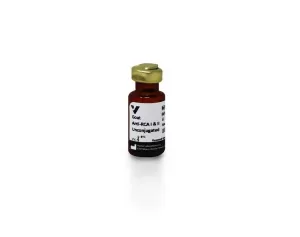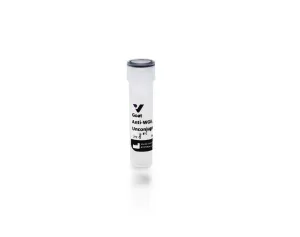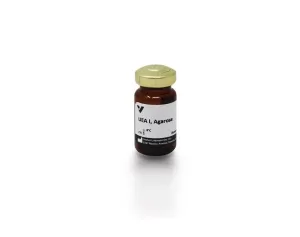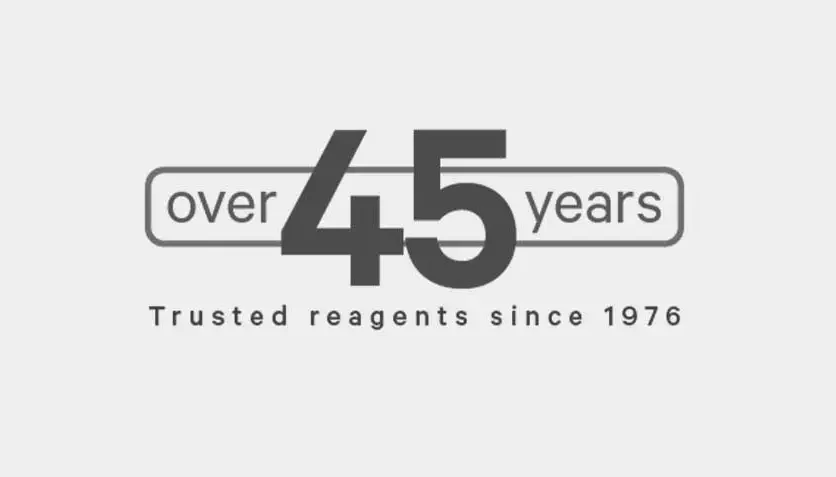The carbohydrate binding site recognizes (β-1,4) linked N-acetylglucosamine oligomers, preferring chitobiose or chitotriose over a single N-acetylglucosamine residue. This lectin binds well in the acidic pH range but its affinity decreases above pH 8.0. DSL also binds well to N-acetyllactosamine and oligomers containing repeating N-acetyllactosamine sequences. A branched pentasaccharide including two N-acetyllactosamine disaccharides linked to mannose (β-1,6) and (β-1,2) was reported to be the most potent inhibitor of agglutination.
| Unit Size | 5 mg |
|---|---|
| Applications | Glycobiology, Mitogenic Stimulation |
| Recommended Usage | Though many buffers can be employed for reconstituting and diluting this lectin, 10 mM HEPES buffered saline, pH 8.5, 0.1 mM CaCl2 is recommended. For preserving solutions stored at 4 ºC, 0.08% sodium azide can be used. Aggregation may occur with time if stored at concentrations greater than 2 mg/ml. |
| Recommended Storage | 2-8 °C; for long term storage, aliquots may be stored frozen or preserved with 0.08% sodium azide in the recommended buffer and stored at 2-8 °C |
| Conjugate | Unconjugated |
| Sugar Specificity | [GlcNAc]1-3, N-Acetylglucosamine |
DSL contains two chains of 40 kDa and 46 kDa joined by disulfide bonds. This lectin is free of a reported 32 kDa contaminant protein.
Inhibiting/Eluting Sugar: Chitin Hydrolysate
Applicable patents and legal notices are available at legal notices.




Stay in the Loop. Join Our Online Community
Products
Ordering
About Us
Application
Resources

©Vector Laboratories, Inc. 2025 All Rights Reserved.
To provide the best experiences, we use technologies like cookies to store and/or access device information. Consenting to these technologies will allow us to process data such as browsing behavior or unique IDs on this site. Not consenting or withdrawing consent, may adversely affect certain features and functions. Privacy Statement
How do I Request a Quote?
To request a quote for products: